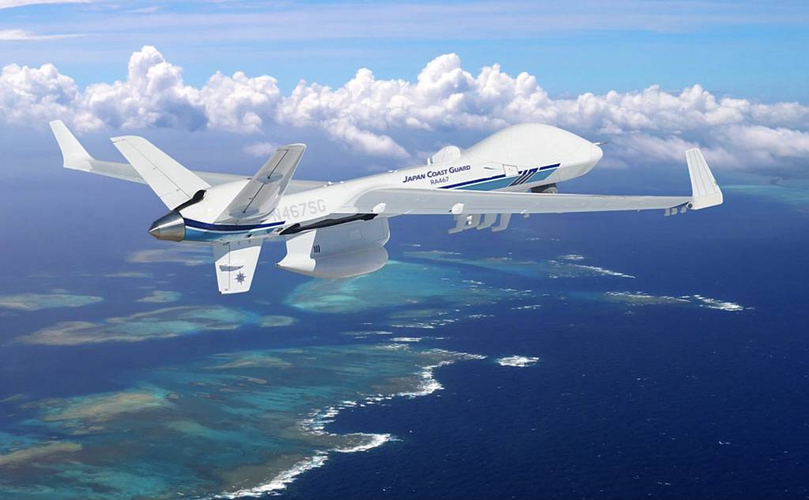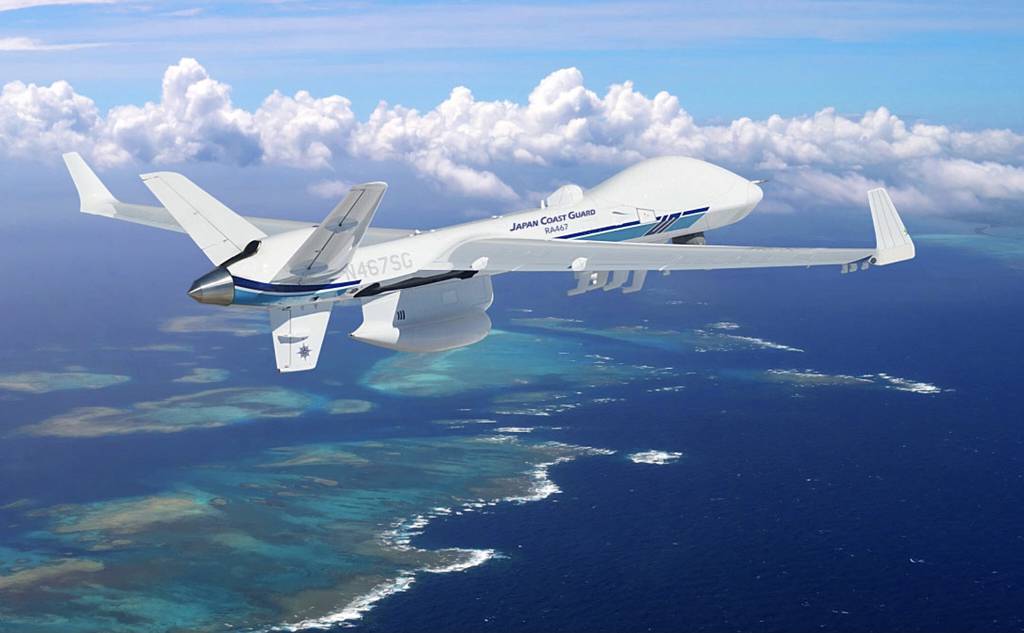aonestudio
I really should change my personal text
- Joined
- 11 March 2018
- Messages
- 2,964
- Reaction score
- 7,493
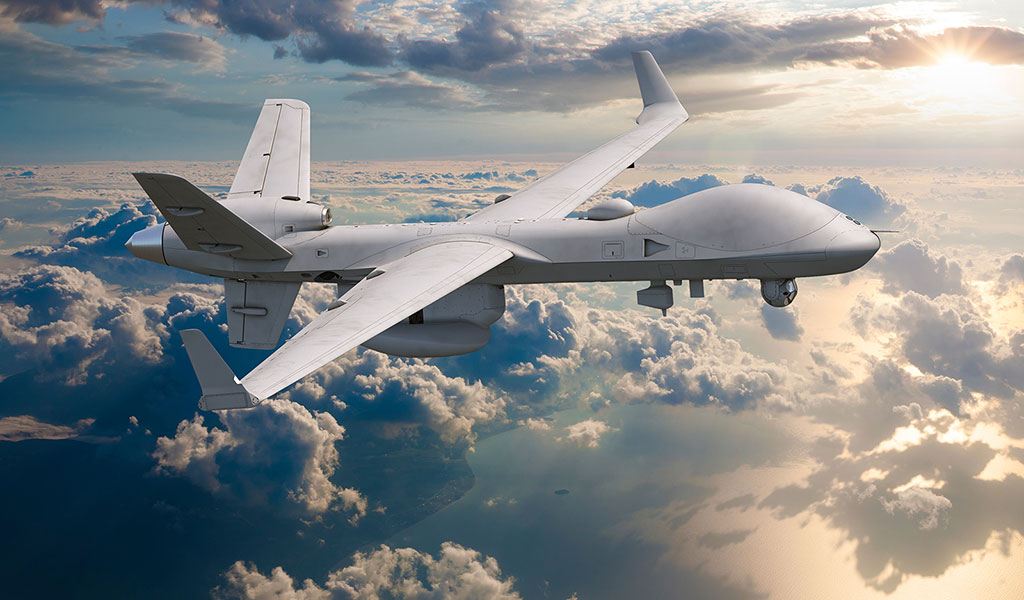
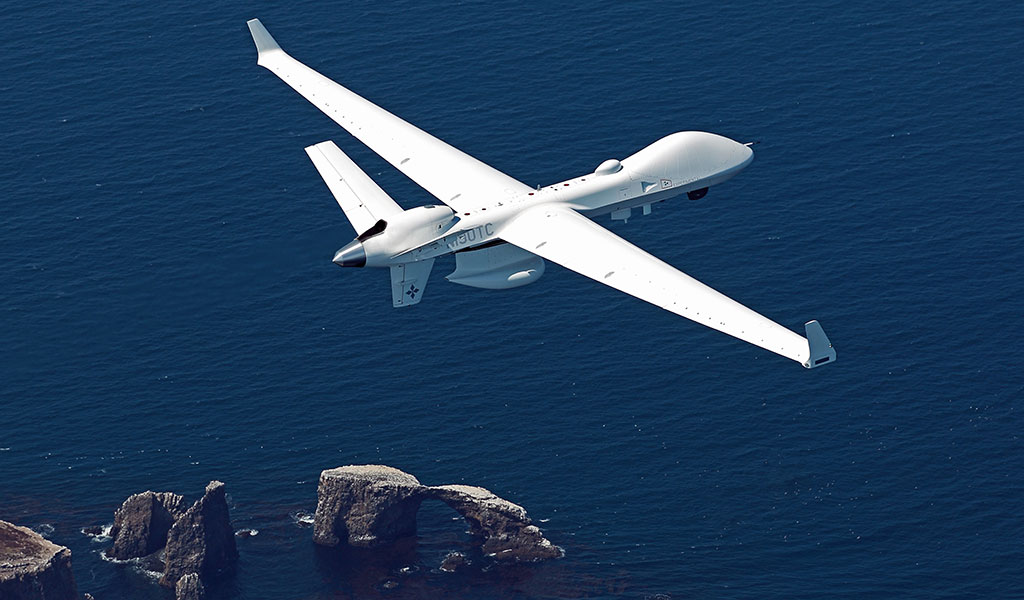
All told, the Sparrowhawk looks to be an extremely exciting development. It also comes at a time when the U.S. Air Force, the largest operator of MQ-9s, is looking to stop buying those drones due to concerns that they are simply too vulnerable to be useful during a high-end conflict. The ability of Reapers to launch and recover smaller, attritable drones and, by extension, perform a wider array of tasks over a larger geographical area, even in contested environments, could breathe new life into that design.

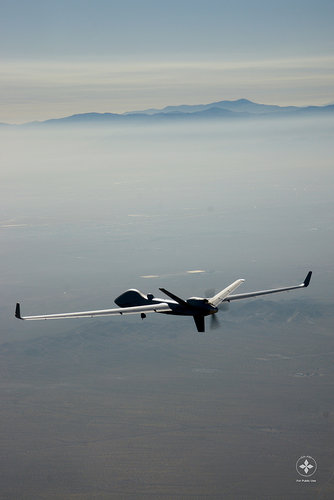


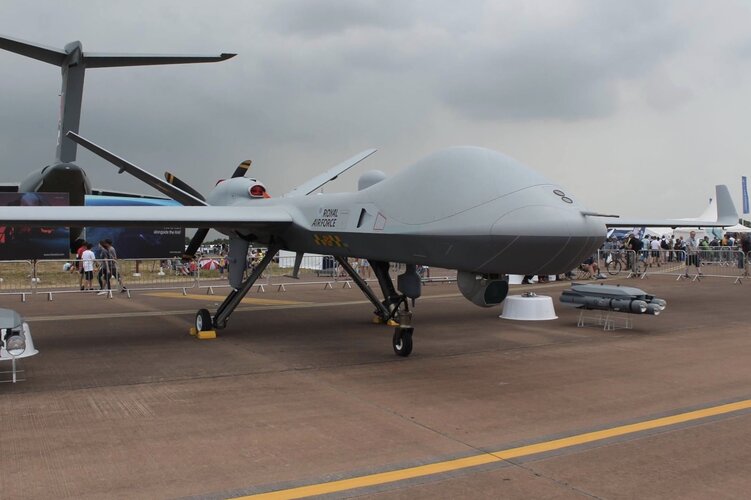
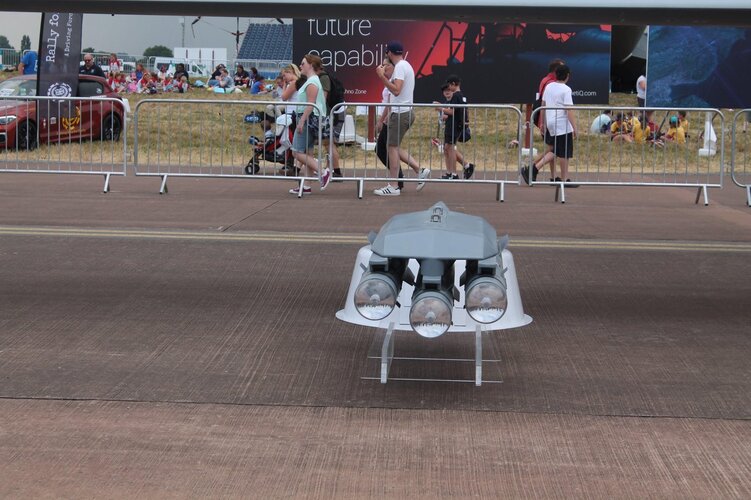
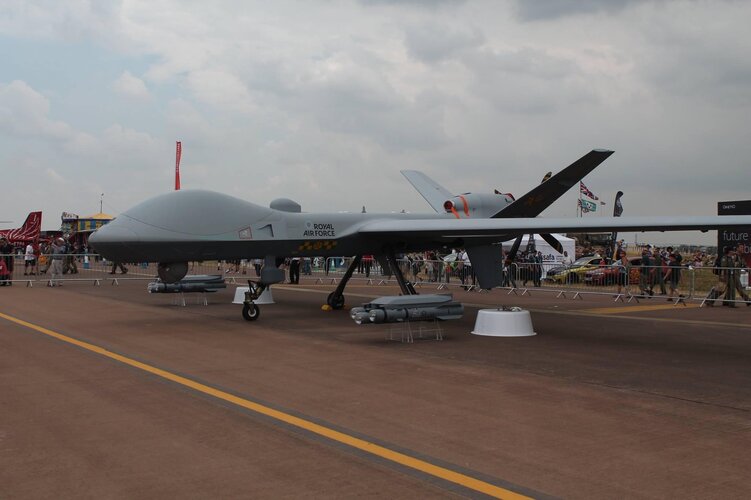

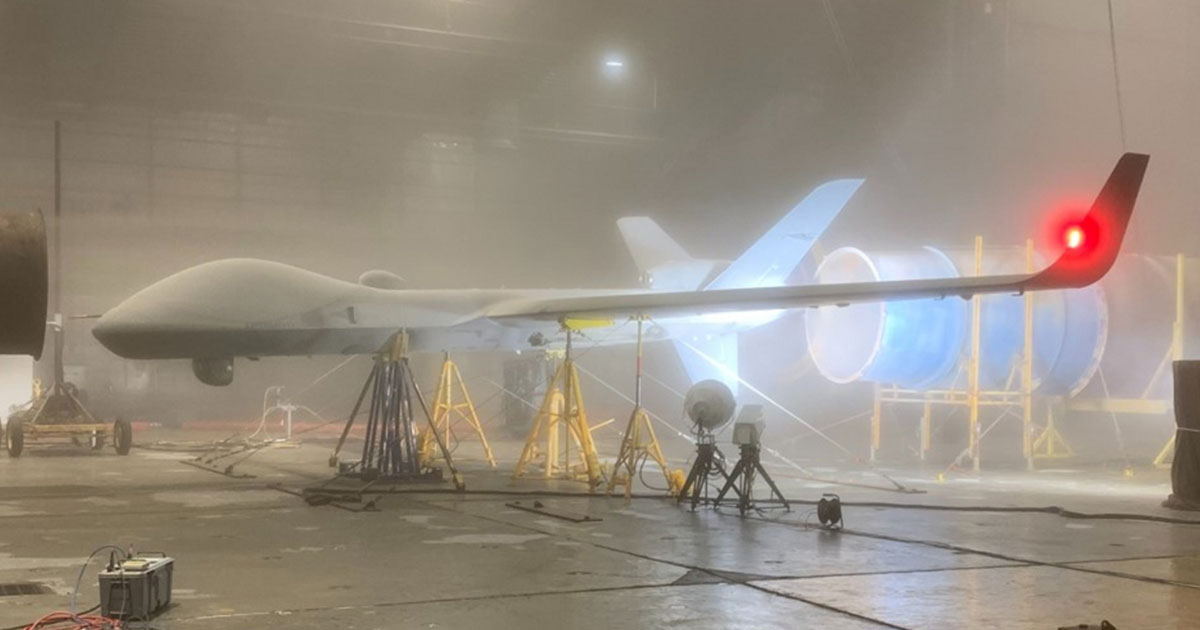
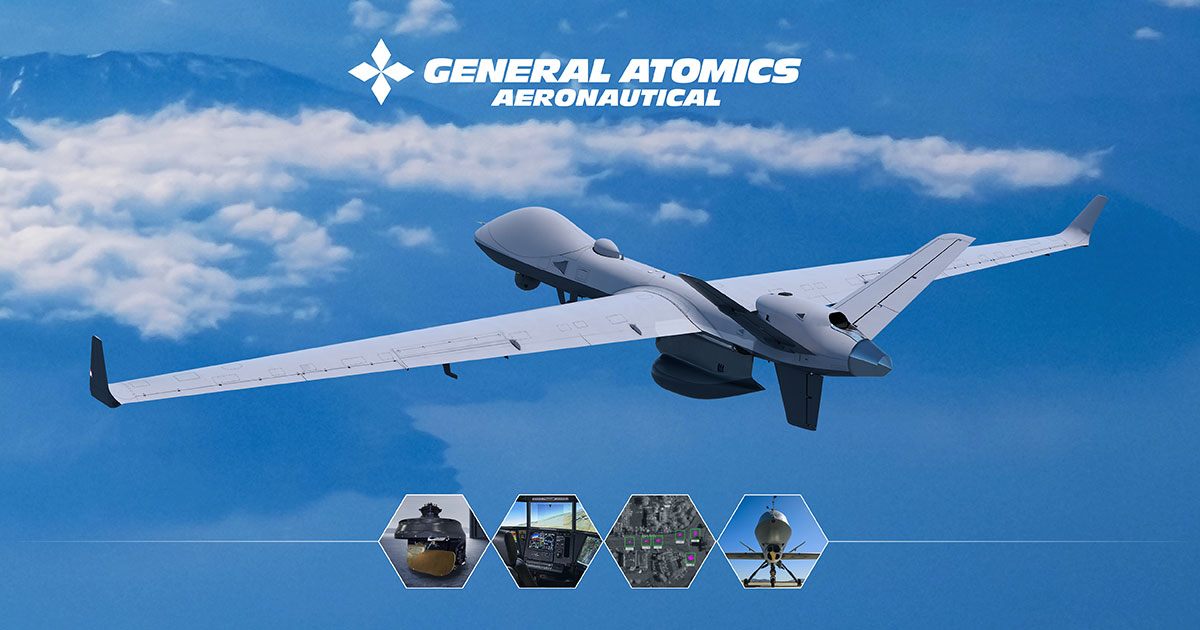

Statement on the Cancellation of Project Air 7003
The cancellation is disappointing for a number of reasons. Project Air 7003 offered a cost-effective, multi-domain capability that is deeply relevant to Australia’s future strategic environment. Equally disappointing, our many Team SkyGuardian Australia partner companies have invested in the...www.ga-asi.com
It says in the free to read part of this article that it was believed to be budget related.
Statement on the Cancellation of Project Air 7003
The cancellation is disappointing for a number of reasons. Project Air 7003 offered a cost-effective, multi-domain capability that is deeply relevant to Australia’s future strategic environment. Equally disappointing, our many Team SkyGuardian Australia partner companies have invested in the...www.ga-asi.com
What went wrong with Project Air 7003? Was it due to cost rises?
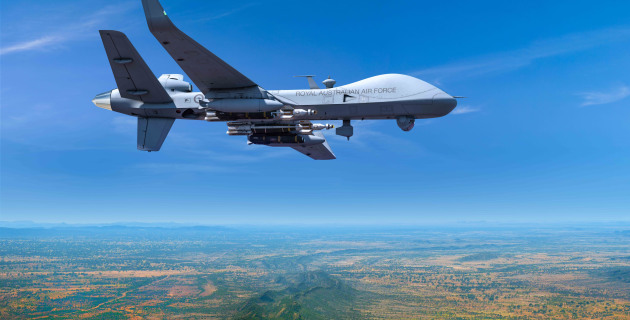
 www.australiandefence.com.au
www.australiandefence.com.au
It says in the free to read part of this article that it was believed to be budget related.
Statement on the Cancellation of Project Air 7003
The cancellation is disappointing for a number of reasons. Project Air 7003 offered a cost-effective, multi-domain capability that is deeply relevant to Australia’s future strategic environment. Equally disappointing, our many Team SkyGuardian Australia partner companies have invested in the...www.ga-asi.com
What went wrong with Project Air 7003? Was it due to cost rises?
Australia axes its Reapers in surprise cancellation | Shephard
Reigniting emotions from the cancellation of its submarine programme last year, Australia has now done much the same with its planned Reaper buy fromwww.shephardmedia.com
There is more detail here, it is believed that it was axed due to the large increase in Australia’s spend on cybersecurity.

Budget axe falls on RAAF RPAS project - Australian Defence Magazine
General Atomics Aeronautical Systems Inc (GA-ASI) confirmed that Defence has advised it will not proceed with its Air 7003 Skyguardian project.www.australiandefence.com.au
Is it me or is this still a victory for whoever it is that Australia is defending with their cybersecurity, as it means they are having to pull budget from other vital defence projects. Especially as in both cases it maybe the same opponent.
State employed here I imagine.Is it me or is this still a victory for whoever it is that Australia is defending with their cybersecurity, as it means they are having to pull budget from other vital defence projects. Especially as in both cases it maybe the same opponent.
Don’t get me started on computer hackers.


no problem. i moved it here for youSorry, there's already a thread on Australia's AIR 7003 project. Will try to delete this one.
EDIT: If I can figure out how...
Thanks helmutkohl.no problem. i moved it here for youSorry, there's already a thread on Australia's AIR 7003 project. Will try to delete this one.
EDIT: If I can figure out how...

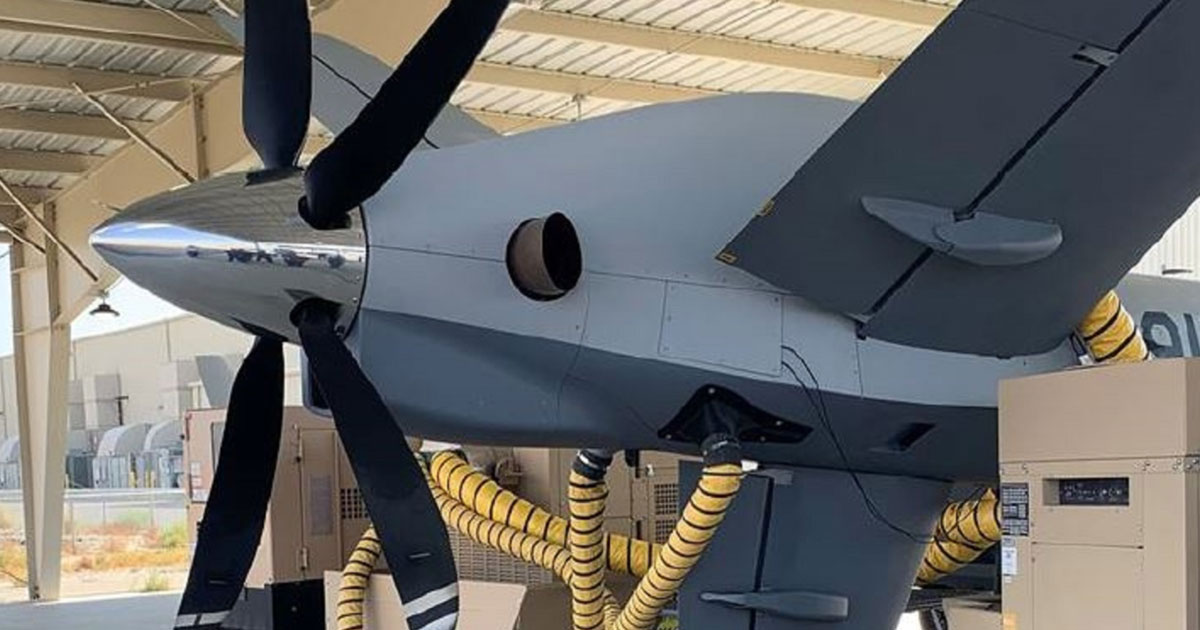
SAN DIEGO – 16 August 2022 – On July 29, 2022, General Atomics Aeronautical Systems, Inc. (GA-ASI) tested a PT6 E-Series model turboprop engine from Pratt & Whitney Canada on GA-ASI’s MQ-9B Remotely Piloted Aircraft (RPA). Multiple full-power engine tests were performed at GA-ASI’s Desert Horizon flight operations facility in El Mirage, Calif.
“We’ve enjoyed a long-term relationship with Pratt & Whitney,” said GA-ASI President David R. Alexander. “Integrating their PT6 E-Series engine onto our MQ-9B SkyGuardian® aircraft offers an alternate option for future customers that includes a 33 percent increase in power, dual channel electronic propeller and engine control system, as well as all the benefits of the PT6 engine family.”

A GA / GA-ASI sponsored article that nevertheless may be of interest:

UK Protector leads MQ-9B development in Europe - Breaking Defense
The Royal Air Force is set to become the world’s first operational user of the MQ-9B SkyGuardian, the world’s most advanced medium-altitude, long-endurance RPAS.breakingdefense.com
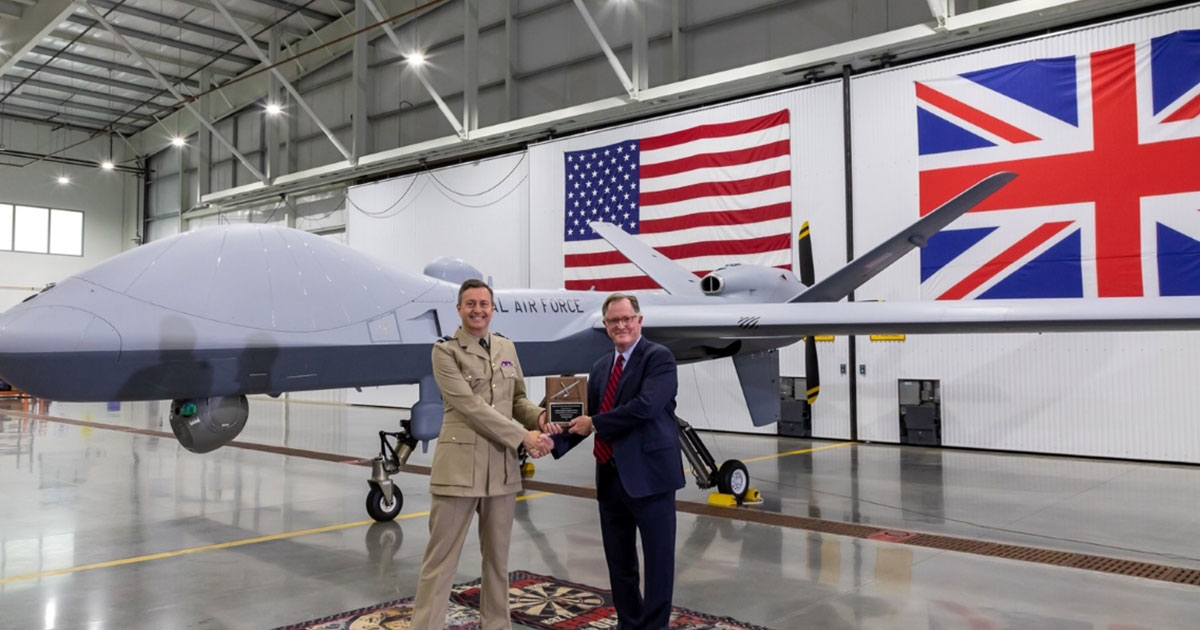
SAN DIEGO – 06 October 2022 – Acceptance Test Procedures (ATP) for the first Protector RG Mk1 Remotely Piloted Aircraft (RPA) system has been completed. Completion of ATP allowed for the official hand-over of the aircraft to the UK Royal Air Force (RAF), the launch customer of the MQ-9B RPA system developed by General Atomics Aeronautical Systems, Inc. (GA-ASI). Protector is a specially configured model of MQ-9B, designed to meet the unique requirements of the RAF.
The aircraft was accepted by Air Vice Marshal Simon Ellard, Director Combat Air at Defence Equipment and Support (DE&S), the procurement arm of the UK Ministry of Defence. “It was a great pleasure to accept the official handover of the first Protector aircraft on behalf of the MOD, following the successful completion of Acceptance Test Procedures. We now look forward to the first delivery of this highly capable aircraft type to RAF Waddington during 2023,” he said.
RAF Air Commodore Alex Hicks said: “The acceptance of the first Protector aircraft is a significant and exciting milestone in the delivery of this world-class capability to the Royal Air Force. The aircraft will be used to train RAF technicians how to maintain the capability, prior to the arrival of the first aircraft in the UK next year.”
ATP was performed jointly by the UK Ministry of Defence and GA-ASI following the completion of the aircraft production and acceptance procedures. ATP includes all inspections and tests performed on the hardware in operation for the aircraft and in conformance with the functional specification and technical requirements. Over the past two months, ATP has been performed at GA-ASI’s Desert Horizon flight operations facility in El Mirage, Calif. The aircraft will remain in the U.S. to support maintenance and pilot training.
ATP was also completed on the first two sets of Portable Pre-flight and Post-flight Equipment (P3Es). P3E is laptop size ground support equipment that enables SATCOM Automatic Taxi, Takeoff and Landing Capability from anywhere in the world greatly reducing the personnel and equipment fielding footprint. This game-changing capability eliminates forward based launch and recovery crew/hardware/maintainers, as well as providing agile deployment with emergency divert field landing. Additionally, the P3E doubles as ground support equipment when directly connected to the aircraft.
“This is another major milestone for MQ-9B and the Protector program,” said GA-ASI President David R. Alexander. “The Royal Air Force has been a great partner for General Atomics, and we’re thrilled to see ATP completed for this first customer aircraft.”
MQ-9B represents the next generation of RPA systems, having demonstrated airborne endurance of more than 40 hours in certain configurations, as well as a GA-ASI developed Detect and Avoid system. Its development is the result of a company-funded effort to deliver an RPA that can meet the stringent airworthiness certification requirements of various military and civil authorities.
